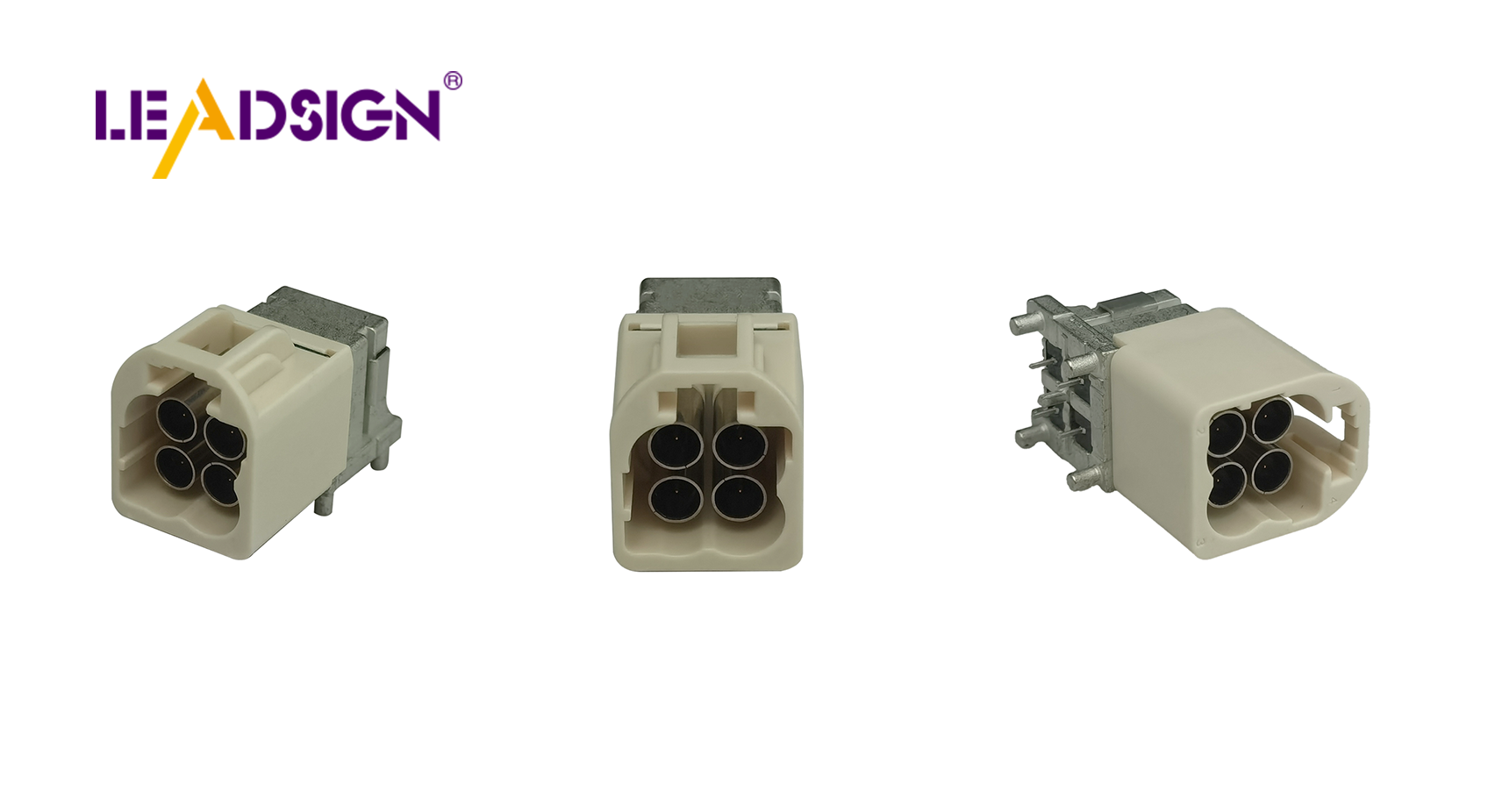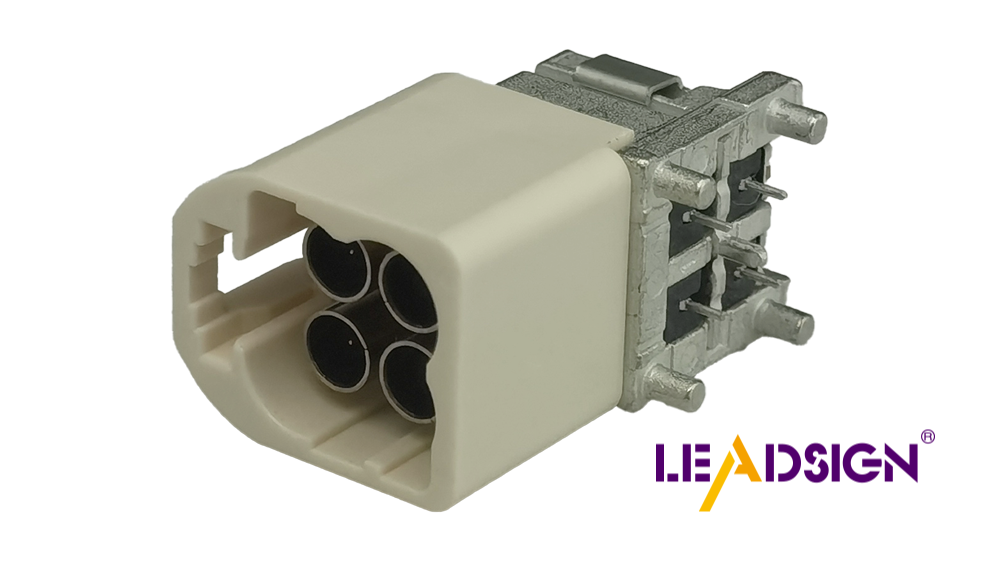Understanding Automotive Wiring Connector Types

Automotive electrical connectors types are very important in today's cars. They help make sure the car's systems work well. Without them, cars would have many electrical problems. About 45% of high-voltage connector issues are due to bad connections. Problems happen because of things like open wires and bent pins. Knowing about these connectors helps keep cars safe and running smoothly.
Overview of Automotive Electrical Connectors Types

Automotive electrical connectors are important for cars to work well. Knowing about these helps pick the right one for each job. This makes car systems more reliable and efficient.
Blade Connectors
Features and Applications
Blade connectors, also called spade connectors, have a flat metal piece. It fits into a matching slot. They are used in cars because they are easy to use and connect securely. These are great for joining wires to things like switches. Their design lets you quickly attach or remove them, which is good when you need to disconnect often.
Advantages and Disadvantages
Blade connectors have many good points. They make strong connections and don't need special tools to install. But they might not be best where there is lots of shaking, as they can come loose over time. Also, they need careful alignment when putting them in place.
Pin Connectors
Features and Applications
Pin connectors have pins that fit into sockets. They are common in cars because they can handle many connections at once. You find them in wiring harnesses, helping send signals and power between parts.
Advantages and Disadvantages
Pin connectors save space by allowing many connections close together. They give stable connections needed for important car functions. But installing them is tricky since pins must align perfectly with sockets. Bent pins can cause problems, so handle with care.
Butt Connectors
Features and Applications
Butt connectors join two wires end-to-end straightly. Use them to extend or connect different wires together. Put wires into each end of the connector and crimp it tight for a secure hold. They're used in fixing or setting up car wiring, making sure wires stay joined well.
Advantages and Disadvantages
Butt connectors make connecting wires simple and strong against pulling apart, perfect for permanent joins. But you need a crimping tool to use them, which isn't always handy everywhere. Once crimped, it's hard to undo the connection, so plan carefully before using.
Ring and Spade Connectors
Features and Applications
Ring and spade connectors are very important in car electrical systems. They help attach wires to terminals safely. Ring connectors have a round end that goes over a bolt or screw, making it secure. Spade connectors look like forks, so they can be easily put on or taken off terminal blocks.
In cars, these connectors are used for battery links, grounding wires, and other electric parts. They are great when you need a strong connection that won't come loose. Their easy setup makes them popular with mechanics and people who fix things themselves.
Advantages and Disadvantages
Ring and spade connectors have many good points. They stay tight even if the car shakes, which is important. You can install them quickly, saving time during fixes or setups. They also come in different sizes for various wire thicknesses.
But there are some downsides too. You need a tool to crimp the connector onto the wire, which can be hard if tools aren't nearby. Also, taking off a ring connector means unscrewing it, which takes time. Still, their strength and ease of use make them common in car wiring jobs.
Picking the Right Connector
Choosing the right connector is very important. It helps car systems work well. Knowing what to think about and what mistakes to avoid can help you choose better.
Things to Think About
Electrical Needs
First, check what the electrical needs are. Different connectors do different jobs. For example, spade connectors are good for battery ends because they fit tight and are easy to put on. They work with many wire sizes, so they can be used in lots of ways. Make sure the connector can handle the power needed to stop it from getting too hot or breaking.
Weather Conditions
Weather affects how connectors work a lot. In cars, they face heat, wetness, and shaking. Picking connectors that can handle these things makes them last longer and work better. For instance, insulated ring terminals stay strong in tough places and keep away rust and damage. Knowing where they will be used helps pick ones that last over time.
Mistakes Not to Make
Wrong Size
A common mistake is using the wrong size connector. Each type like spade terminals needs a certain size for best use. Using one too big or small can cause bad connections or system problems. Always check if it fits the wire size before putting it on.
Bad Materials
Matching materials is also very important. If you use wrong materials, it might rust or not carry electricity well. Using different metals together can cause rusting called galvanic corrosion. It's smart to pick connectors with materials that match or go well with wires and ends for better strength and working.
By knowing these things and avoiding mistakes, people can pick better automotive electrical connectors types. This helps systems work better and parts last longer.
Fixing Common Connector Problems
Car connectors are key for the car's electric work. But, they can have problems. Knowing how to find and fix these is important.
Finding Bad Connectors
Signs of Damage
Connectors can get damaged over time. Look for color changes, rust, or breaks. Rust looks like green or white powder on metal parts. Breaks might show as cracks in the connector cover. Checking often helps catch these early and stops more harm.
Checking if They Work
To see if connectors work, test them with a multimeter. Set it to check if electricity flows through the connector. If it beeps, it's working fine. No beep means there's a break, showing a bad connector.
Fixes and Advice
Installing Right
Good installation keeps connections strong. Make sure wires are cut right and pushed fully into connectors. Use crimp tools to hold wires tight so they don't slip out.
Taking Care of Them
Regular care makes connectors last longer. Clean them to remove dirt and rust that slow them down. Use special grease to keep water away and stop rusting. Also, check for loose parts and tighten them when needed.
Picking good connectors is key to avoid car problems later on.
By knowing these tips, people can make sure their car connectors work well and keep the car running smoothly.
Choosing the right car wiring connector is very important. Good connectors stop problems like loose wires and rust. They also prevent overheating, which can cause failures. Experts say using the correct connectors makes repairs last longer. This lowers the chances of things breaking again.
"The right connectors make your repairs last longer."
By knowing this, people can make better car wiring choices. This keeps cars safer and running well.
See Also
Exploring HSD Connectors in the Auto Sector
Significance of Fakra Connectors in Contemporary Cars
Navigating Ford Fakra Connectors

